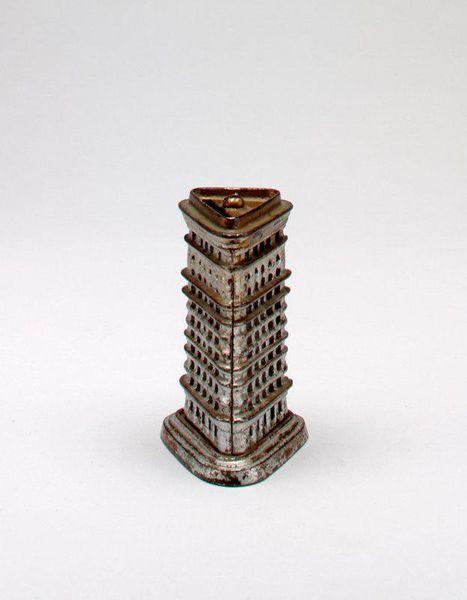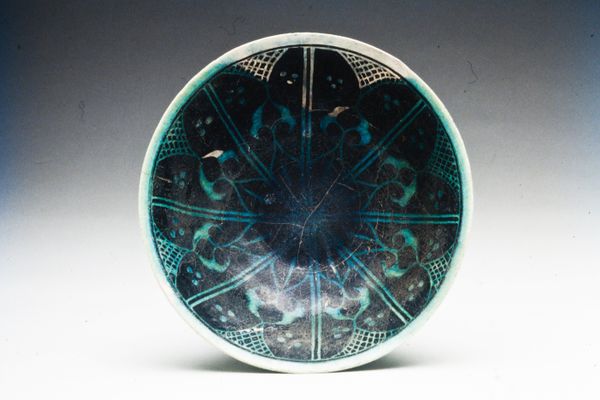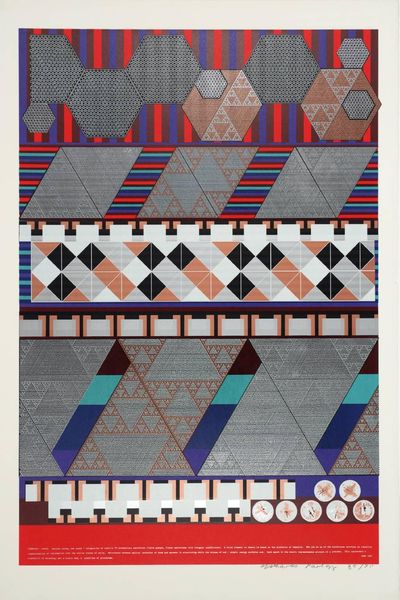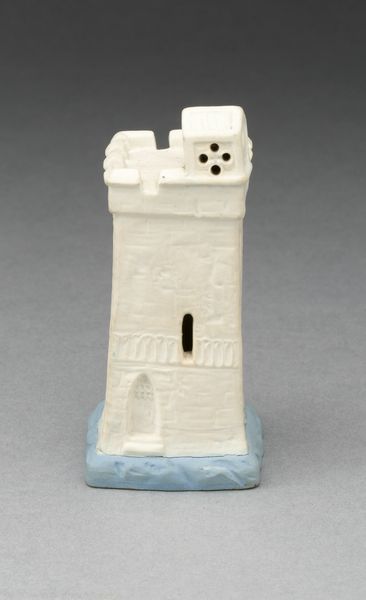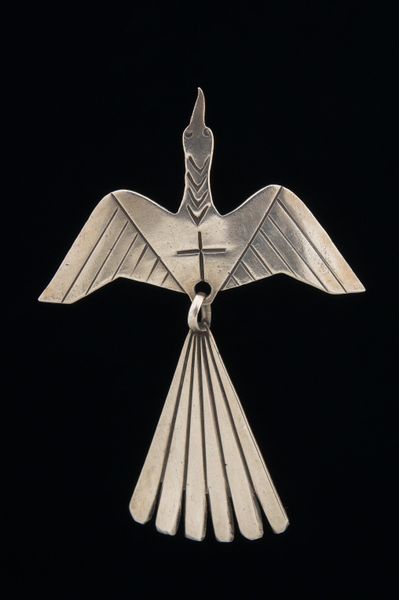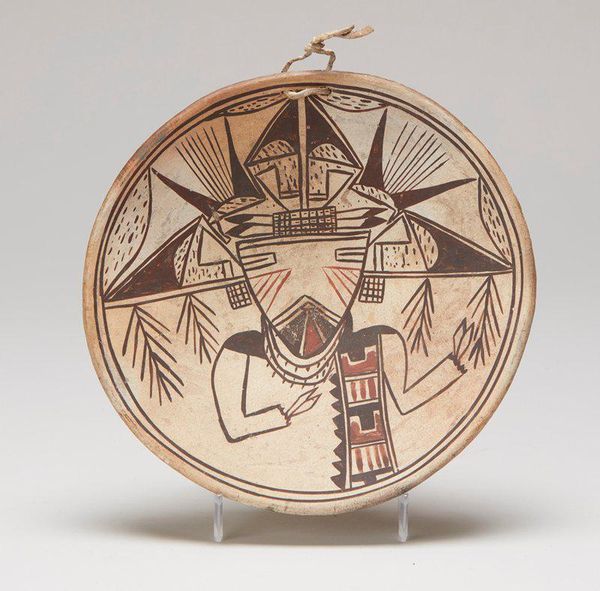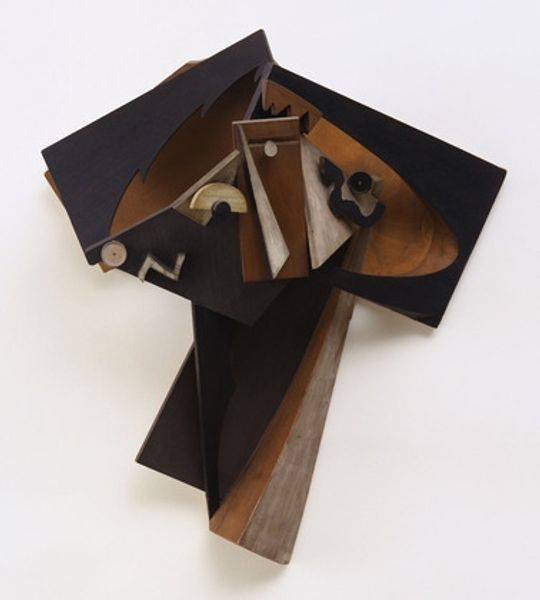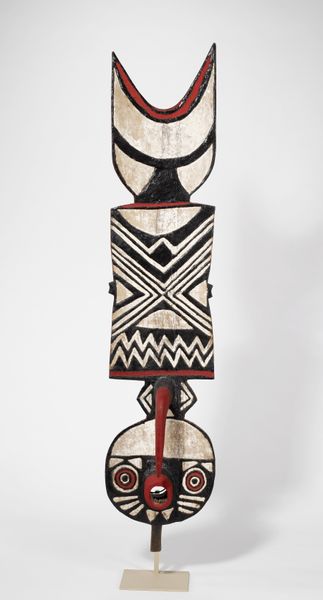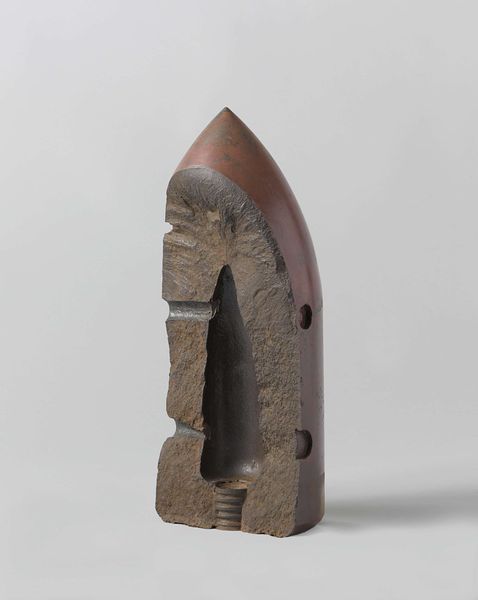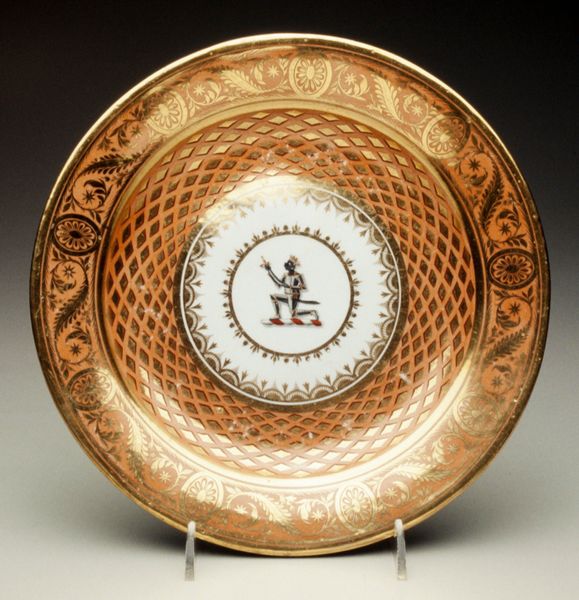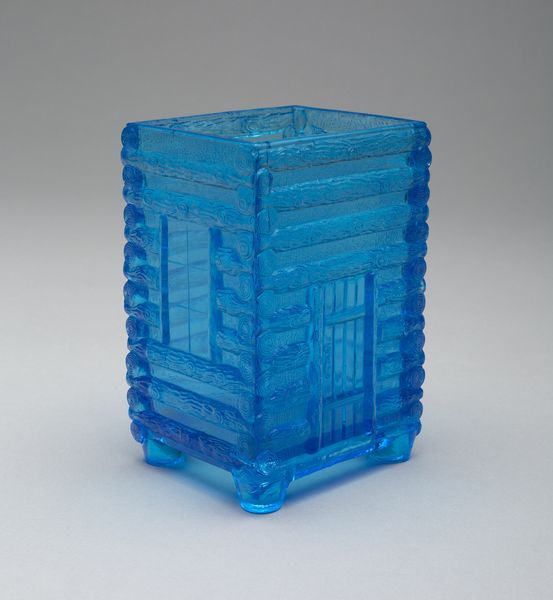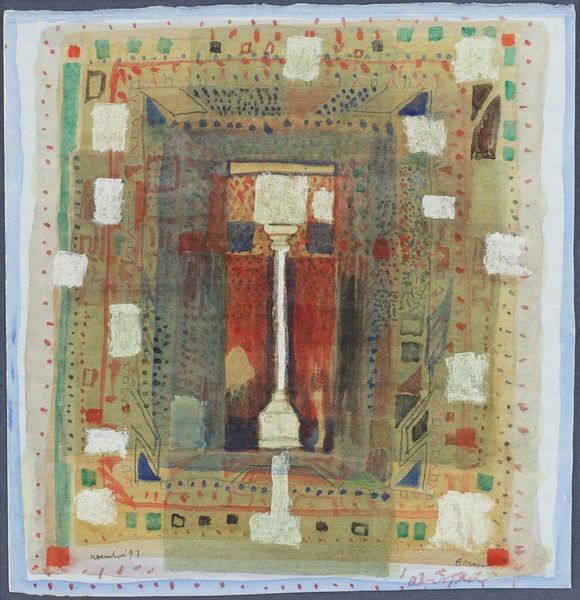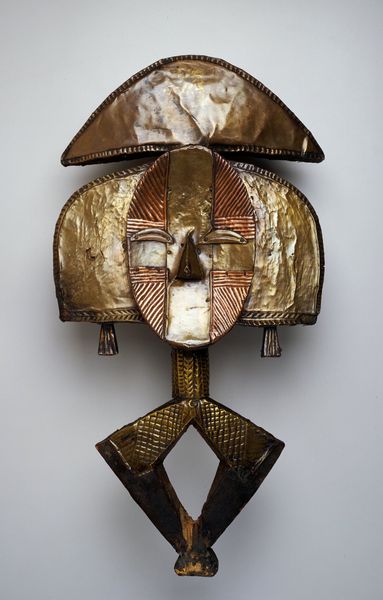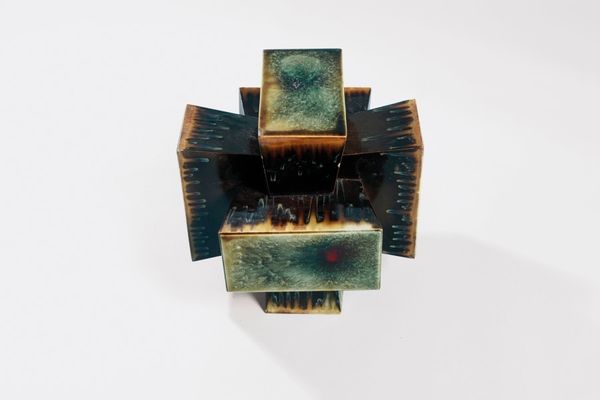
metal, ceramic
#
metal
#
ceramic
#
ceramic
Dimensions: 3 1/4 x 2 1/8 x 2 1/8 in. (8.26 x 5.4 x 5.4 cm)
Copyright: Public Domain
Curator: I am struck by its melancholic quality. All those pale blues and the lonely figure. Editor: Right, well let's dive into what we're seeing here. This charming little object is a windmill still bank, dating back to around 1930. You can find it here at Mia. Its anonymous creator crafted it using metal and ceramic, so there is already an interesting hybridity that perhaps helps inform that emotional assessment you offered. Curator: The blues do create that mood, I think, a kind of muted nostalgia for…well, for windmills, maybe! But it’s also that little figure by the door; he seems to be burdened or just leaving. Is that a sack on his back? It makes me wonder about hard work and maybe even the precarity of farming at that time. Editor: Definitely. And if we consider this in the broader context of the era—the rise of industrial production—these hand-painted banks served, perhaps paradoxically, as vessels that celebrated progress through machine while also enacting the values that animated cottage production, localized manufacture, and thrift in the individual saver. The choice of material points to tensions of the day as well as material opportunities. It would have been a widely affordable bank. Curator: Absolutely. Plus, look at the…crudeness, maybe? It's endearingly wonky. Not meant for high-stakes security! Saving was also different back then, a more conscious act. It almost feels more sentimental now. Editor: Sentimental, maybe! But in practical terms this suggests mass production using materials that were available in this era, and this suggests wider historical and political economies we need to also consider as we investigate such objects in museums like ours. This, indeed, moves the conversation about something like savings from that of a feel-good narrative to also understanding its links to production, scale, distribution and consumption. It makes me question what we save today! Curator: I can see what you are saying; there are links that run from this modest bank, on back and even on through, to the ways we enact the world now! Thank you for showing the way in terms of understanding material culture with sensitivity to not only what went into its creation, but what can come of this encounter today. Editor: My pleasure! Let us remember this bank as more than mere financial technology: its metal and ceramic construction suggests deep connections that challenge narrow art historical frames, and animate new understanding of what our past was, and what our present is made of.
Comments
No comments
Be the first to comment and join the conversation on the ultimate creative platform.
